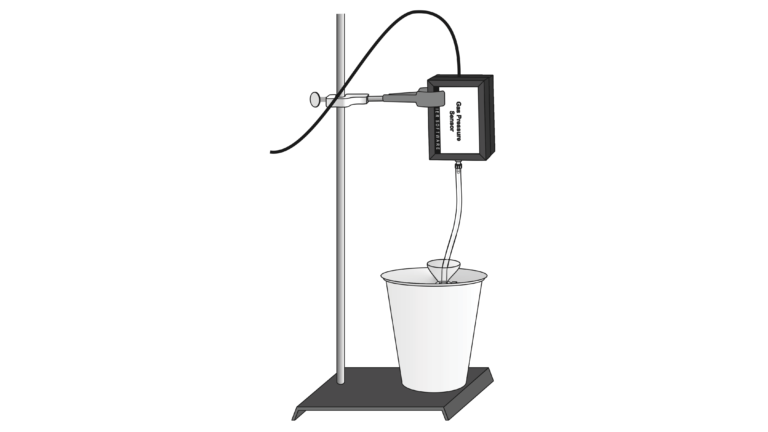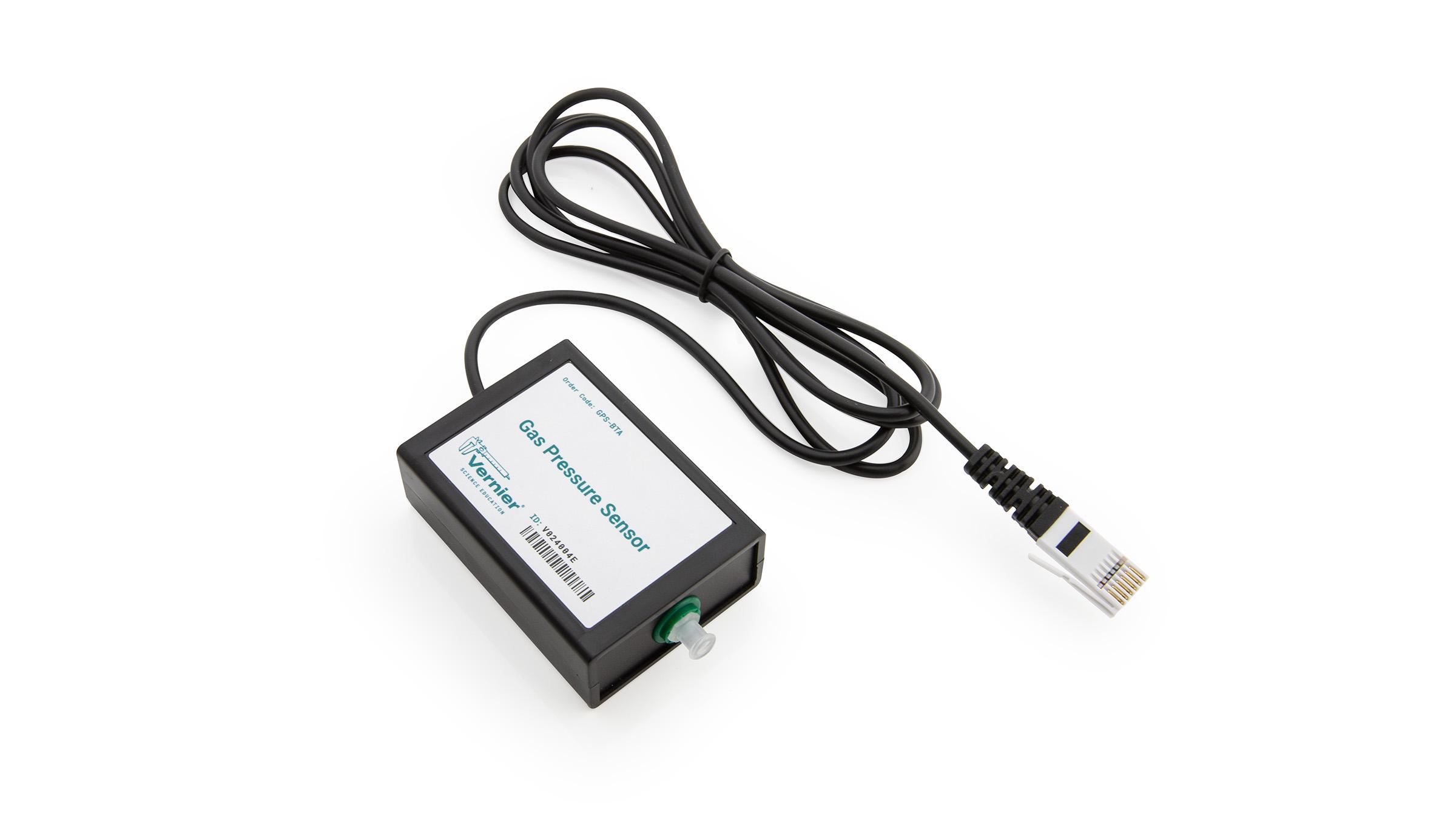
Introduction
In order to survive, all organisms need to move molecules in and out of their cells. Molecules
such as gases (e.g., O2, CO2), water, food, and wastes pass across the cell membrane. There are
two ways that the molecules move through the membrane: passive transport and active
transport. While active transport requires that the cell uses chemical energy to move substances
through the cell membrane, passive transport does not require such energy expenditures. Passive
transport occurs spontaneously, using heat energy from the cell’s environment.
Diffusion is the movement of molecules by passive transport from a region in which they are
highly concentrated to a region in which they are less concentrated. Diffusion continues until the
molecules are randomly distributed throughout the system. Osmosis, the movement of water
across a membrane, is a special case of diffusion. Water molecules are small and can easily pass
through the membrane. Other molecules, such as proteins, DNA, RNA, and sugars are too large
to diffuse through the cell membrane. The membrane is said to be semipermeable, since it allows
some molecules to diffuse through but not others.
In this experiment, you will use a Gas Pressure Sensor to measure
the rate of pressure change as water moves in to or out of the cell
(dialysis tubes filled with various concentrations of sucrose
solution). The pressure generated is called osmotic pressure and is in
response to the overall movement of molecules, both water and
sucrose, inside the dialysis cell.
Objectives
In this experiment, you will
- Investigate the relationship between various non-polar molecular solutions and distilled water separated by a semi-permeable membrane using a Gas Pressure Sensor.
- Determine the water potential of potato cells.
Sensors and Equipment
This experiment features the following sensors and equipment. Additional equipment may be required.
Option 1

Option 2

Ready to Experiment?
Ask an Expert
Get answers to your questions about how to teach this experiment with our support team.
- Call toll-free: 888-837-6437
- Chat with Us
- Email support@vernier.com
